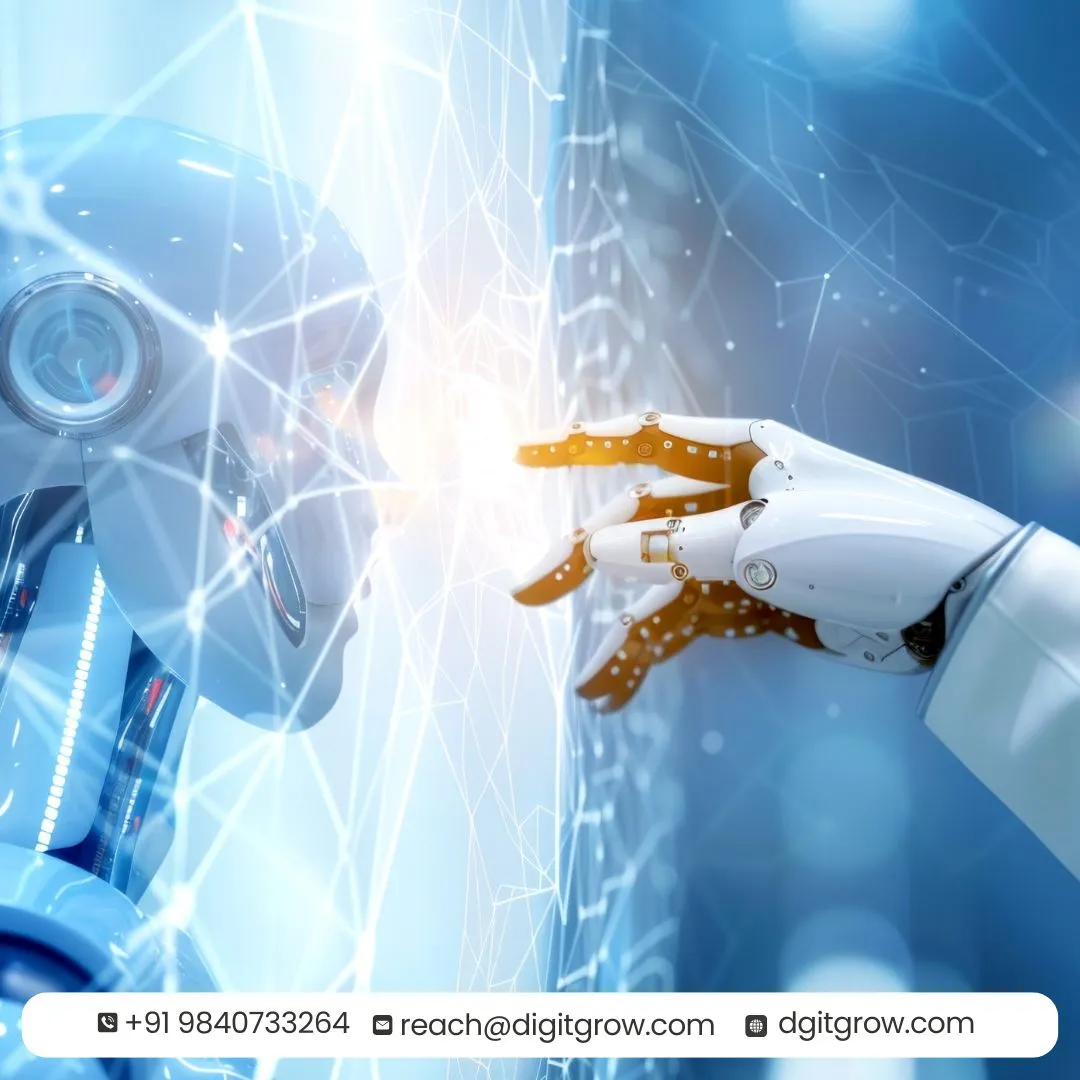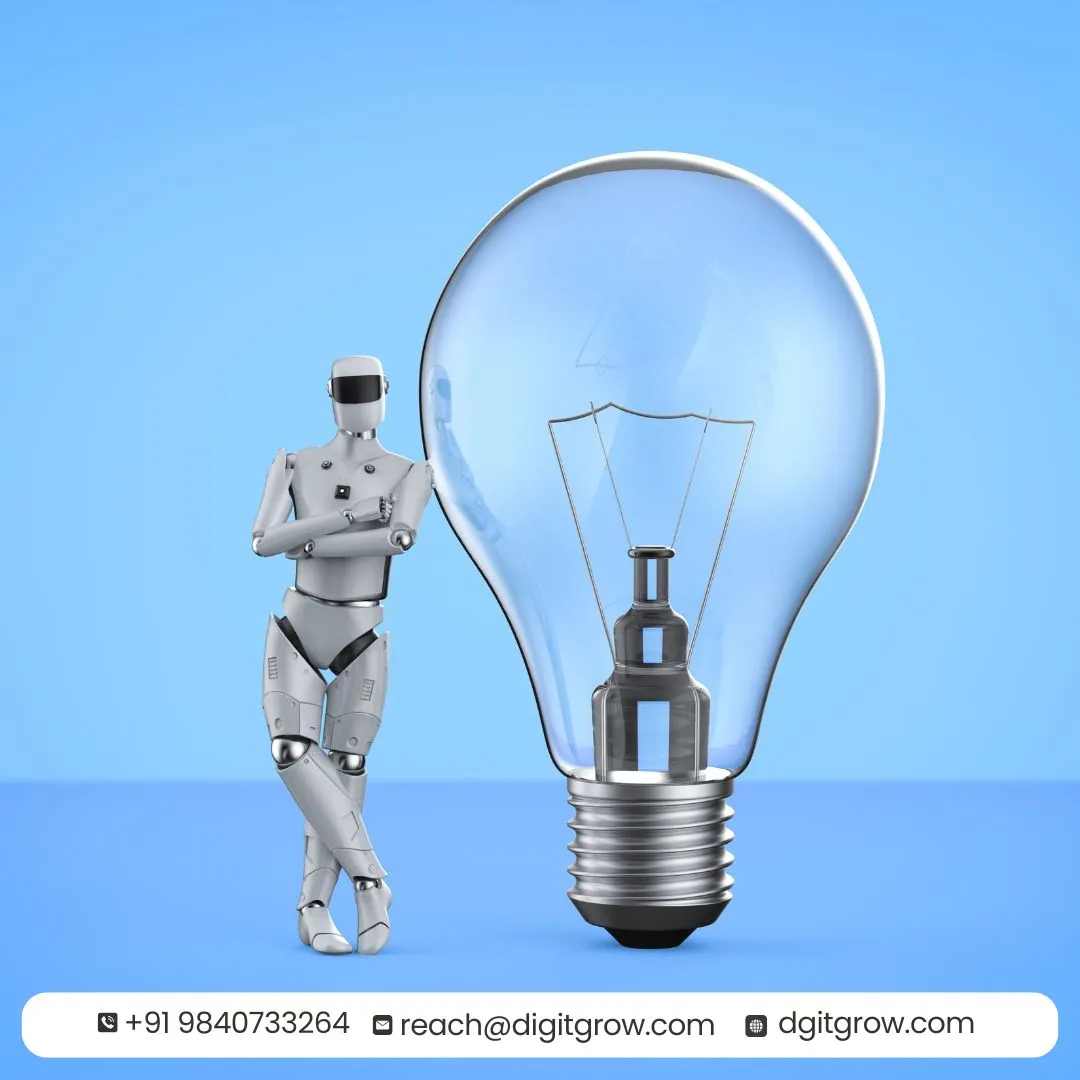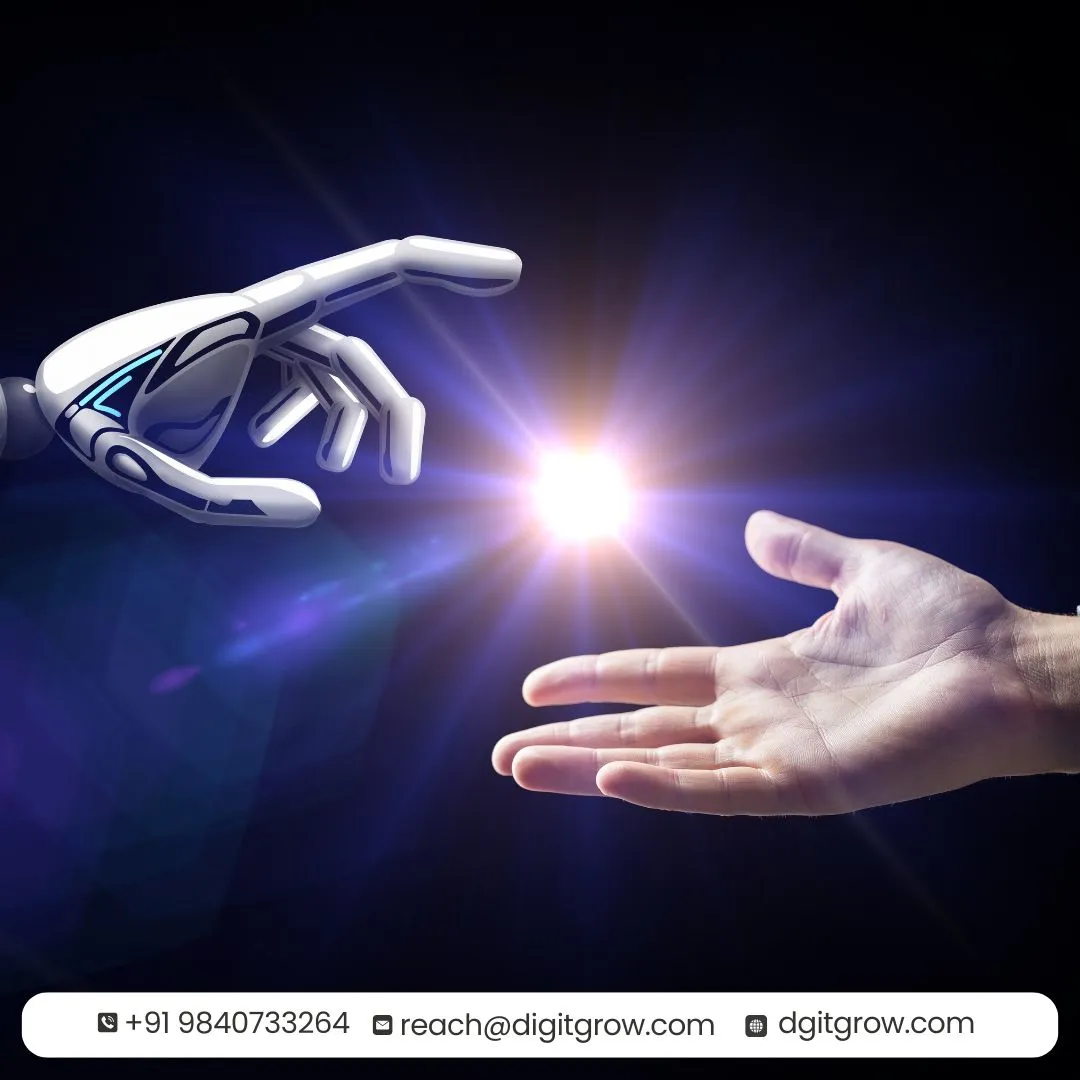The intersection of artificial intelligence and advertising has redefined how marketers plan, deliver, and measure their campaigns. As the digital advertising ecosystem becomes increasingly complex, automation powered by AI is quietly becoming the backbone of many campaign processes—from audience targeting to creative iteration and budget management.
This blog explores the practical applications of AI in ad campaigns, its functional benefits, and the evolving technologies that are shaping the future of advertising operations.
Rethinking Digital Advertising with AI
Traditional digital marketing often relied on manual adjustments and intuition. Advertisers would test variations, adjust bids, or shift targeting strategies based on historical performance. But with more data available than ever and user behaviors changing in real time, the manual approach has grown inefficient.
This is where artificial intelligence enters the frame. Machine learning algorithms and automation tools can now analyze user behavior, forecast performance trends, and make decisions faster than human teams. The aim isn’t to replace marketers but to augment their strategies with speed, accuracy, and adaptability.
In that context, AI in ad campaigns refers to the use of machine learning algorithms to manage aspects such as bidding, targeting, creative delivery, and performance optimization. These systems learn from past performance and adjust in real time, helping advertisers deliver more relevant messages while managing their resources more efficiently.
Improving Performance with AI Ad Optimization

One of the most impactful uses of AI is in campaign optimization. Instead of running static ads and waiting for results, optimization tools can analyze ongoing performance and make proactive adjustments. This means shifting budget allocations, changing bidding strategies, or updating creatives based on the signals collected from user interaction.
AI ad optimization works by continuously assessing how different elements of a campaign are performing. For instance, if a certain audience segment isn’t engaging with a specific creative format, the system can redirect resources toward higher-performing combinations. This feedback loop allows for campaigns to evolve throughout their lifecycle rather than remaining fixed until the next scheduled update.
For advertisers, this level of adaptability reduces wasted impressions and improves overall efficiency—making each interaction more purposeful.
Audience Precision with AI Ad Targeting Platforms
Targeting is central to any ad strategy. AI enhances this by processing vast amounts of data to identify patterns and correlations that humans might overlook. Whether it’s browsing behavior, time of engagement, device usage, or past conversion history, AI-powered systems use these data points to create more refined audience segments.
AI ad targeting platforms go beyond demographic-based targeting to deliver behaviorally informed strategies. These platforms leverage real-time user signals and third-party data to serve ads when and where the user is most likely to respond. This doesn’t just improve relevance; it also prevents oversaturation by minimizing redundant impressions.
The result is more efficient ad delivery, particularly across platforms with high user volumes like Google Ads, Meta, and programmatic display networks.
Creative at Scale: AI Ad Creative Generation

Creativity is often viewed as a human domain. However, AI now plays a supporting role in generating and testing creative elements. While it may not replace conceptual thinking, it assists in executing and scaling those ideas faster.
AI ad creative generation refers to tools that help develop multiple creative assets—from copy to visual elements—based on audience insights and previous campaign performance. These systems use templates and machine learning to vary messages while maintaining brand consistency.
This capability is particularly useful in dynamic environments, such as e-commerce, where products, prices, and promotions change frequently. Instead of manually updating every creative, AI can automatically adjust messaging based on inventory changes or user behavior.
Such tools enable brands to maintain creative freshness across campaigns without excessive time investments.
Smarter Spending with AI Budget Management for Ads
Budget allocation is another area where AI adds measurable value. Static budgets can lead to underperformance in high-potential areas or overspending where returns are diminishing. Dynamic adjustment, powered by real-time data, helps ensure that resources are aligned with campaign performance.
AI budget management for ads involves algorithms that monitor cost-per-click (CPC), return on ad spend (ROAS), and conversion rates to redistribute spending across different platforms, audiences, or creatives. For example, if an ad group on one platform is outperforming another, the system can divert funds accordingly.
These decisions are based on continuous learning, not on fixed rules. This allows campaigns to adapt throughout their runtime, keeping pace with external factors like seasonality, competition, and shifting user intent.
Forecasting with Predictive Analytics in Ad Campaigns
While much of AI’s value is reactive—responding to current performance—it also plays a proactive role through predictive analytics. These tools forecast future trends, enabling advertisers to plan more effectively.
Predictive analytics in ad campaigns involves using historical and real-time data to estimate future user behavior. It can predict when a campaign might see performance drops or when certain user groups are more likely to convert. This foresight allows marketers to make informed decisions before challenges arise.
For example, a predictive model may analyze previous Black Friday performance and adjust campaign parameters weeks in advance, optimizing timing and budget deployment before the seasonal spike begins.
By leveraging these tools, advertisers move from reactive to strategic planning—building campaigns around anticipated behavior rather than post-performance correction.
Balancing Automation with Human Oversight

As AI tools take on more operational responsibilities, the role of human oversight remains critical. AI can manage execution, but strategy, brand voice, and ethical considerations still require human judgment. Relying too heavily on automation can lead to tone-deaf messaging, data privacy issues, or ineffective storytelling.
Teams that succeed with AI in ad campaigns often blend machine-driven execution with human creativity and contextual awareness. They view AI as a system for support, not control—delegating tasks that benefit from real-time data analysis while retaining strategic decision-making in-house.
This balance also supports compliance with emerging digital advertising regulations. While AI can assist in audience segmentation, it must be governed to ensure user data is handled responsibly and transparently.
Implementation Considerations
Deploying AI tools isn’t plug-and-play. Successful implementation requires infrastructure, training, and integration across teams. Here are some considerations before adopting AI in your advertising workflow:
- Data Readiness: Clean, structured, and comprehensive data sets fuel effective AI. Incomplete or inaccurate data will reduce accuracy and efficiency.
- Tool Selection: Not all AI platforms offer the same capabilities. Choose based on campaign goals, internal resources, and compatibility with your existing tools.
- Team Training: Teams need to understand how to interpret AI-generated insights and take action accordingly. Tools are only as useful as the decisions they inform.
- Measurement Frameworks: Establish clear metrics that reflect performance from both human and machine inputs. Use these to refine campaign strategy iteratively.
Realistic Outcomes and Ongoing Learning
It’s essential to maintain realistic expectations when integrating AI. These systems don’t guarantee immediate performance boosts or campaign success. Instead, they provide a framework for continuous learning and iterative improvement.
Long-term effectiveness stems from combining AI capabilities with campaign insight, creative relevance, and ethical execution. Advertisers who approach AI thoughtfully often find improvements in workflow efficiency, media planning agility, and audience understanding.
As the technology continues to evolve, the role of AI in ad campaigns will likely expand. But its greatest impact may not be in automation—it may lie in how it frees up marketers to focus on strategy, innovation, and user experience.
Conclusion
AI’s role in digital advertising is practical, not futuristic. Its contributions to campaign optimization, audience targeting, creative production, and budget control help marketers navigate today’s complex media landscape more efficiently.
As adoption grows, advertisers who understand both the strengths and limits of AI will be better positioned to lead thoughtful, well-orchestrated campaigns. The key is integration—not replacement—and an ongoing willingness to learn and adapt as tools and technologies advance.
Explore how AI is revolutionizing ad campaigns in this functional overview. Partner with DGITGROW, the trusted digital marketing agency in Chennai, for smarter campaigns. Call us at 9840733264.
Do check our GMB profile for reviews and see why DGITGROW is trusted as a leading digital marketing agency in Chennai.
